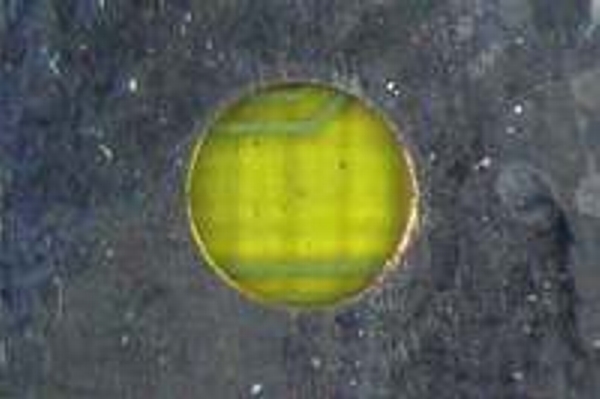|
Outline
This method is used to repair damaged circuit surface planes. The damaged areas are repaired with dry film epoxy, adhesive-backed copper foil disks. They are bonded to the circuit board surface using a bonding press or bonding iron.
|
|||||||||||||||||||||||||||||||||||||
|
Procedure
Procedure
Final Finish
Evaluation
|
|||||||||||||||||||||||||||||||||||||
Images and Figures
Conductor Repair, Surface Plane, Film Adhesive Method

Figure 1. Milled area showing removal of damaged surface conductor foil.

Figure 2. The transplant conductor foil in place.

Figure 3. The transplant conductor foil bonded, soldered and blended to the surrounding surface.
|
|||||||||||||||||||||||||||||||||||||
4.2.7 Conductor Repair, Surface Plane, Film Adhesive Method
Procedure covers repair of damage to surface ground planes on circuit board assemblies.
Minimum Skill Level: Advanced
Conformance Level: High
REQUEST FOR QUOTE GUIDES INDEX

Conductor Repair, Surface Plane, Film Adhesive Method

Milled area showing removal of damaged surface conductor foil.

The transplant conductor foil in place.

The transplant conductor foil bonded, soldered and blended to the surrounding surface.

This versatile tool is ideal for milling, drilling, grinding, cutting, and sanding circuit boards.
LEARN MORE

This clear, low-viscosity, superior-strength epoxy is ideal for many circuit board repair and rework uses.
LEARN MORE

We're here to help with all your challenging circuit board and electronic component rework and repair needs.
LEARN MORE
SLIDESHOW STARTING
❮
❯



























